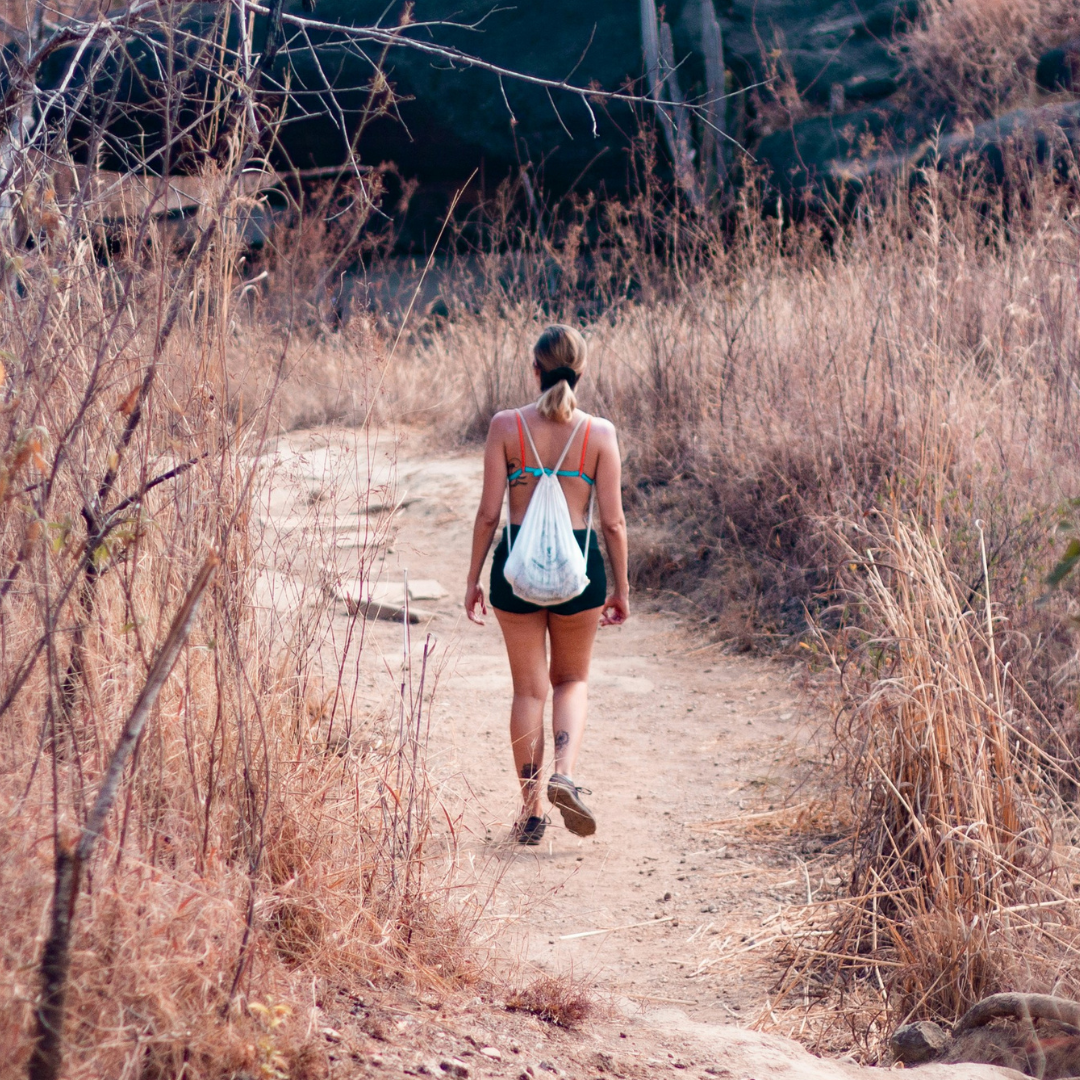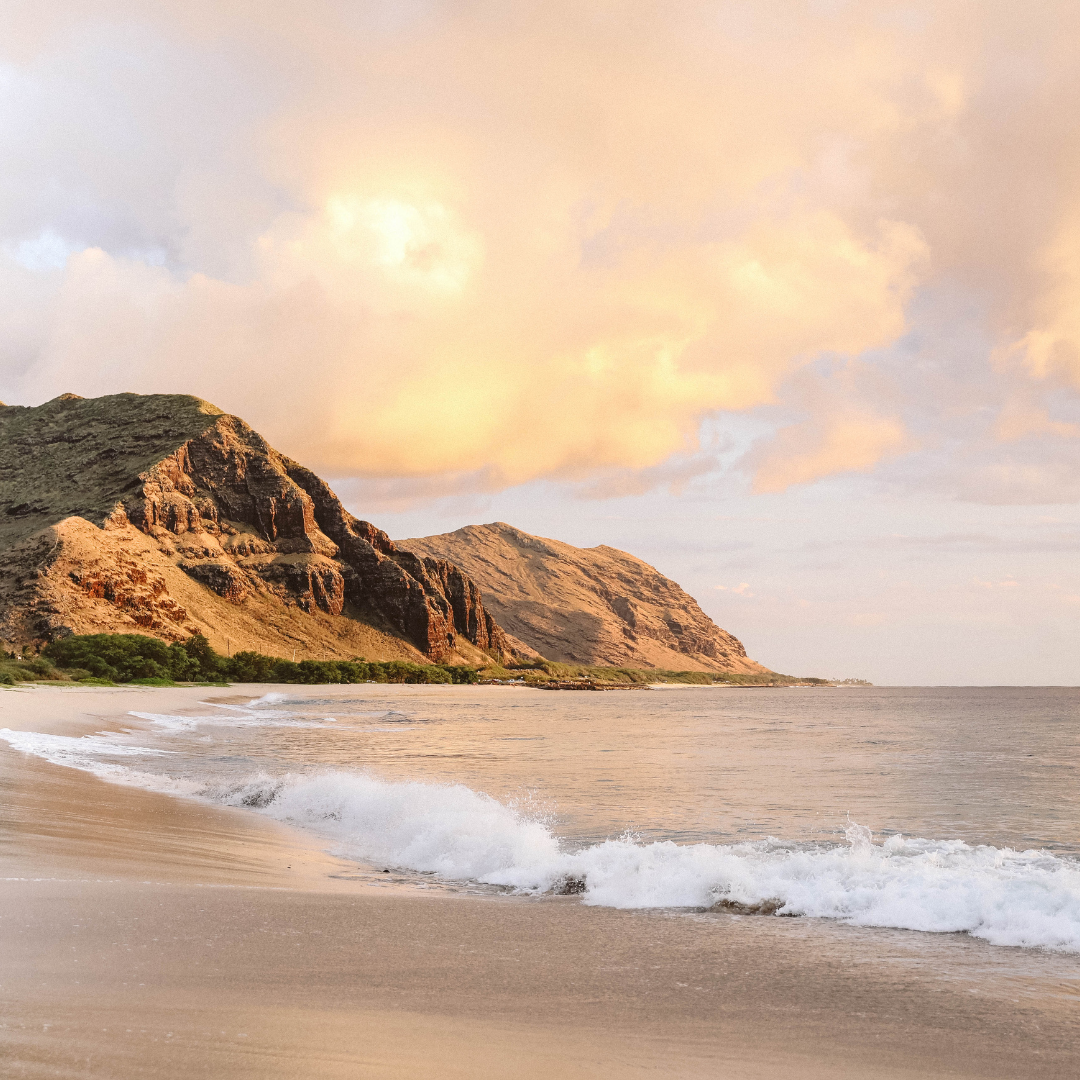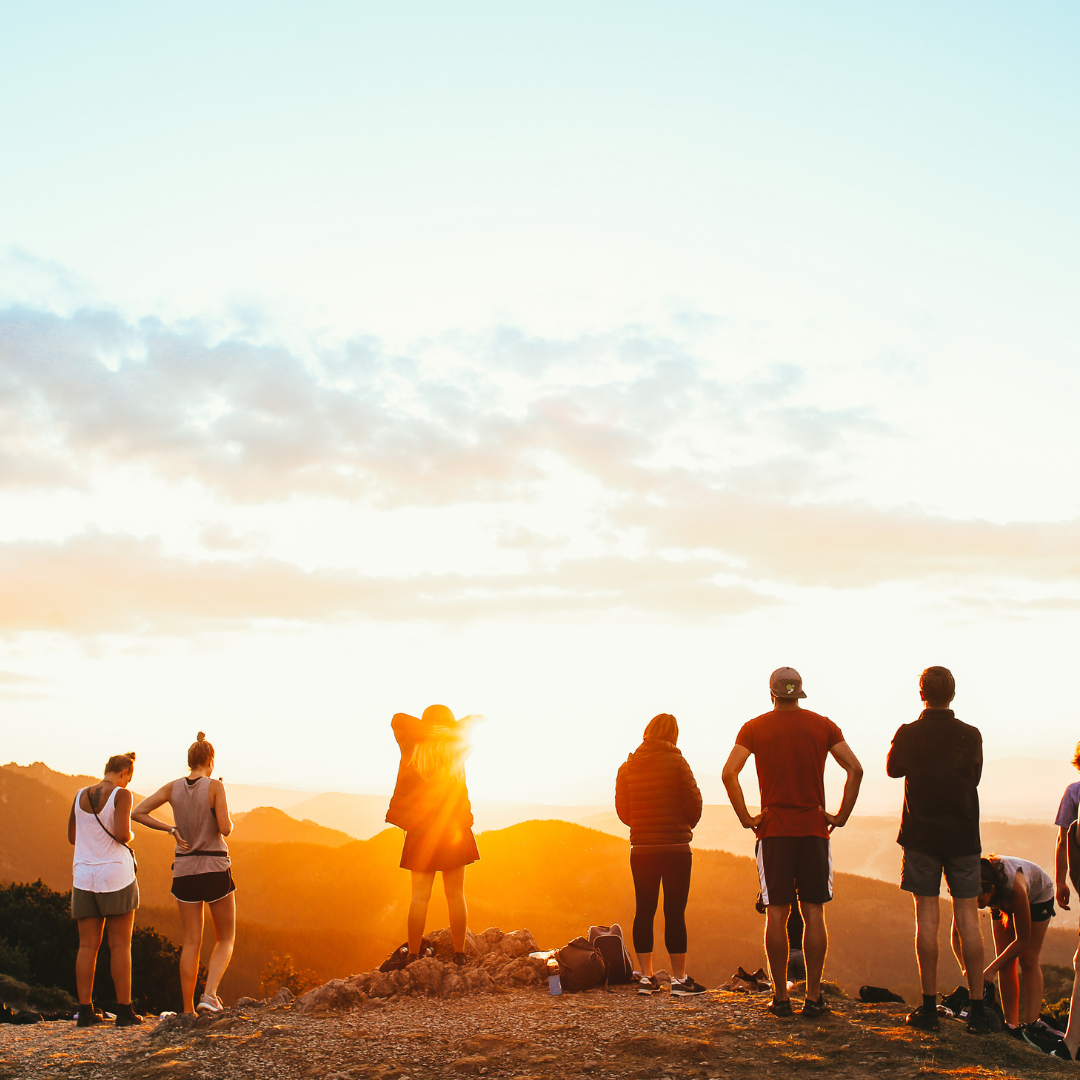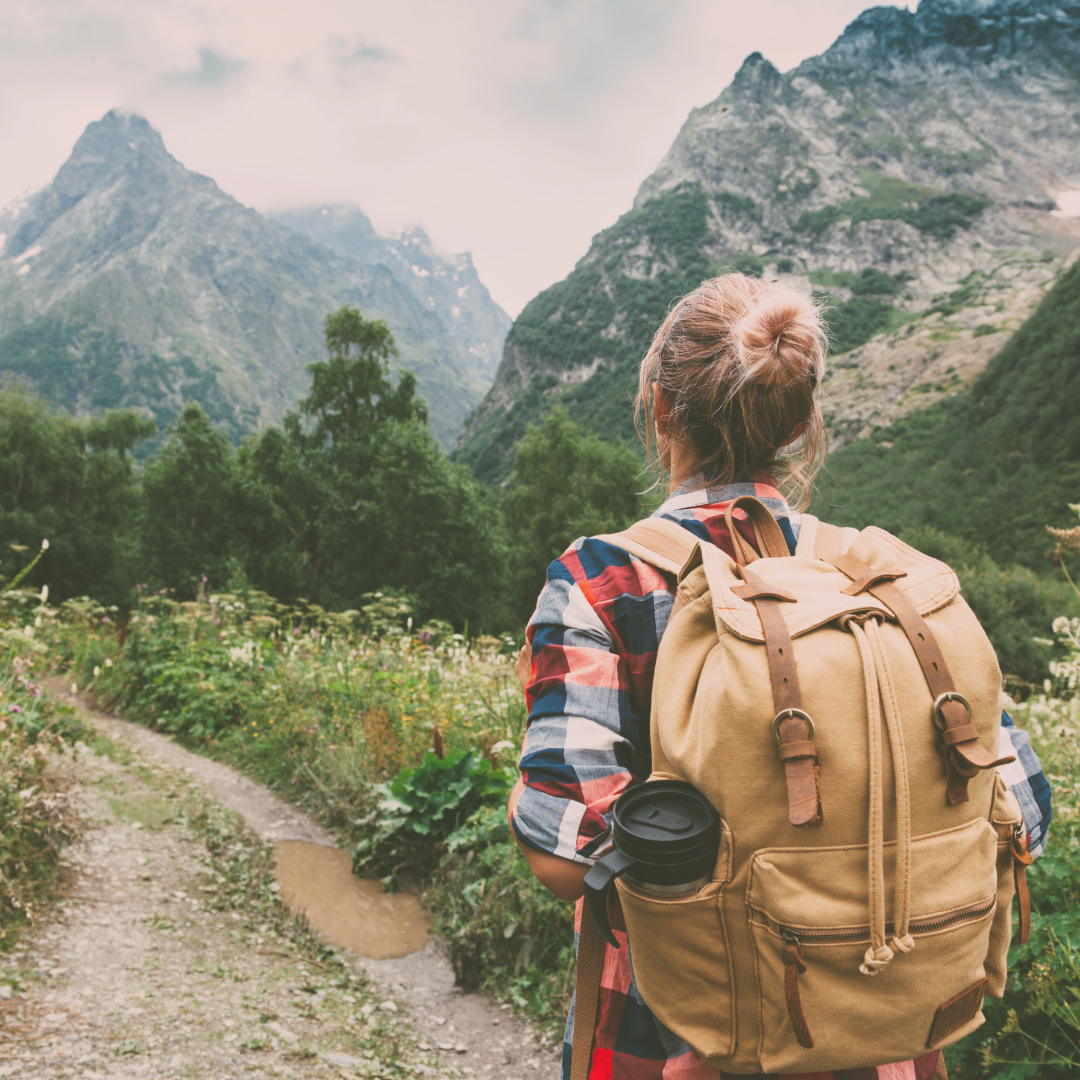America’s national parks are some of the most awe-inspiring places on Earth, drawing millions of visitors each year. In 2023 alone, the National Park Service recorded over 300 million recreational visits. But what happens when the sheer number of visitors begins to degrade the very landscapes we cherish? Overcrowding in national parks isn’t just an inconvenience—it has real consequences for the environment, wildlife, and overall visitor experience. Here’s why overcrowding is a growing concern and how we can be part of the solution.
The Environmental Toll of Overcrowding in National Parks
National parks are meant to be pristine, but high visitation levels lead to unintended environmental damage. Popular trails become eroded, and delicate vegetation is trampled by the sheer volume of foot traffic. Fragile ecosystems, once protected by their isolation, struggle to recover from human activity. Trash piles up, sometimes overwhelming park staff, and water sources become polluted due to increased human presence.
In addition to physical damage, overcrowding also exacerbates air pollution. The increase in vehicle traffic contributes to haze, with emissions from cars and buses degrading air quality and obscuring views that were once crystal clear. A 2024 report by the National Parks Conservation Association indicates that Sequoia and Kings Canyon are among the most polluted national parks in the U.S., with air quality issues posing ecological threats to the iconic giant sequoia trees.
How Overcrowding Disrupts Wildlife in National Parks
When parks become overcrowded, wildlife pays the price. Animals accustomed to human-free spaces are forced into closer proximity with visitors, leading to dangerous encounters and unnatural behaviors. Increased human presence can cause stress, disrupt feeding patterns, and even lead to wildlife becoming dependent on human food—often with fatal consequences.
For example, bears that grow too comfortable around humans and food scraps are frequently euthanized as a safety measure. Elk in Yellowstone have altered their migratory patterns due to high visitor traffic, impacting their long-term survival and upsetting the delicate balance of the ecosystem. When wildlife is forced to interact with human visitors in unnatural ways, it not only endangers animals but also compromises the entire park ecosystem.
The Negative Impact of Overcrowding on Visitor Experience
One of the biggest draws of national parks is their sense of peace and solitude. However, overcrowding can make even the most breathtaking landscapes feel like theme parks. Long lines, traffic congestion, packed shuttle buses, and noisy crowds take away from the immersive experience that nature provides. Visitors to Zion National Park, for example, may face hours-long waits to access trails like Angels Landing, while parks like Arches have had to turn visitors away when they reach full capacity.
If you’re seeking a quieter experience, consider visiting lesser-known national parks or exploring during off-peak seasons. By choosing to visit during the off-season or exploring less-visited parks, you can avoid the crowds and enjoy a more peaceful, authentic experience in nature.
Strained Resources: How Overcrowding Affects National Park Infrastructure
The National Park Service (NPS) has long struggled with underfunding, and excessive visitation only makes the problem worse. Rangers work tirelessly to maintain trails, manage traffic, and ensure visitor safety, but staffing shortages make it difficult to keep up. Maintenance backlogs grow, facilities wear down, and fragile landscapes suffer from the sheer volume of human activity.
As of 2024, the NPS reports a nearly $22 billion deferred maintenance backlog, with overcrowding contributing to the wear and tear on trails, roads, and visitor centers. The pressure on park resources is immense, and without increased funding and support, the ability of the NPS to preserve these natural wonders for future generations will be severely compromised.
Practical Solutions for Reducing Overcrowding
While national parks should remain accessible to everyone, responsible visitation is key to preserving them for future generations. Here are a few ways we can reduce our impact:
- Visit Off-Peak Seasons – Avoid peak summer months and holidays to reduce pressure on parks and provide a more enjoyable experience.
- Explore Lesser-Known Parks – Instead of visiting the most famous spots, consider exploring national monuments, forests, and state parks that offer similar beauty with fewer crowds.
- Follow Leave No Trace Principles – Properly dispose of waste, stay on designated trails, and respect wildlife boundaries.
- Use Public Transportation or Carpool – Many parks offer shuttle systems to reduce congestion. Using these systems can minimize your environmental footprint.
- Support Park Funding and Advocacy – Donating to conservation organizations, volunteering, and advocating for increased funding can help parks manage visitor impact more effectively.
- Be Prepared for Permit and Reservation Systems – Some National Parks, like Yosemite, Rocky Mountain and Glacier, have implemented timed entry systems to limit overcrowding. Check ahead and plan accordingly.
Why Responsible Tourism is Key to Protecting National Parks
National parks exist to inspire, educate, and provide a refuge for both people and wildlife. But if we want to protect these cherished landscapes, we must take action. Support conservation efforts, advocate for better park management, and commit to responsible travel habits. Together, we can ensure these wild places thrive for generations to come. If we aren’t mindful of how we visit, we risk loving them to death. By adopting responsible travel habits and advocating for better park management, we can help ensure these sacred places remain intact for future generations. After all, nature deserves our respect—not just our presence.
Get Involved: Protect Our National Parks
You can help protect our national parks by visiting responsibly, donating to conservation organizations, and advocating for increased park funding. Support efforts to reduce overcrowding by traveling during off-peak seasons, following Leave No Trace principles, and using public transportation when available. Additionally, consider volunteering with local park groups or joining petitions to preserve these wild places. Together, we can ensure that future generations will experience the beauty and serenity of America’s national parks.







Comments